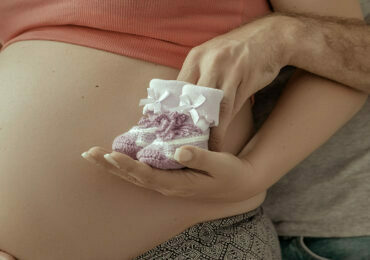Possible laboratory errors may disturb all individuals undergoing medical procedures. However, sperm and egg cells; Since it is taken for very important reasons such as producing a new living thing, making individuals who want to be parents have babies, no confusion should be allowed.
All retrieved cells should be labeled with name and surname and a unique access number. Also, only one patient’s gametes should be studied at a time in the laboratory. When several patients’ embryos are to be evaluated per day, one patient’s procedure should be completed first, and the next patient’s embryos or gametes should be placed after they are taken from the incubator. Each patient’s identity must be confirmed before and after gamete removal or return to the incubator.
The newest method developed to reduce the risk of mixing sperm and eggs in fertility clinics is the labeling of reproductive cells with small barcodes. It tries to minimize risk by electronically labeling the containers that store sperm and eggs and ensuring that all processes are supervised by two embryologists. Barcodes are made of polysilicon, the same material as the tubes. Each tag is one-tenth the width of a human egg and is marked with patterns representing an eight-digit binary code, providing 256 possible combinations. A protein that binds carbohydrates on the outer surface of the cell is used to attach these barcodes to the eggs. To check that the correct egg or sperm has been used, the barcode is read using a microscope. The label does not affect the cells themselves or the resulting embryo; It is shed by the embryo when placed in the uterus.


